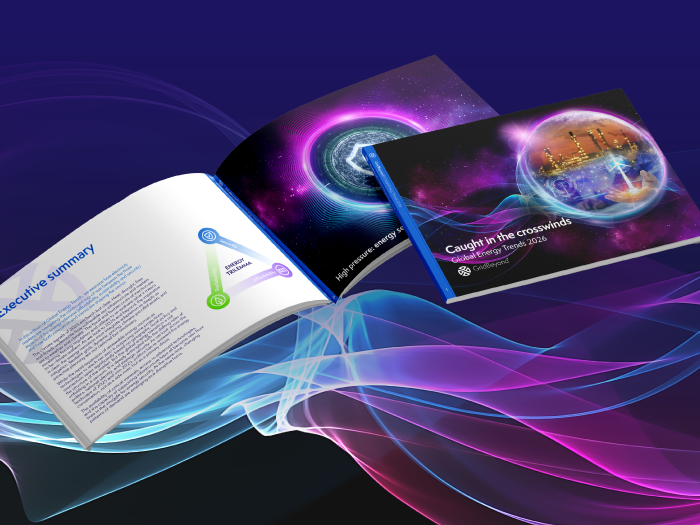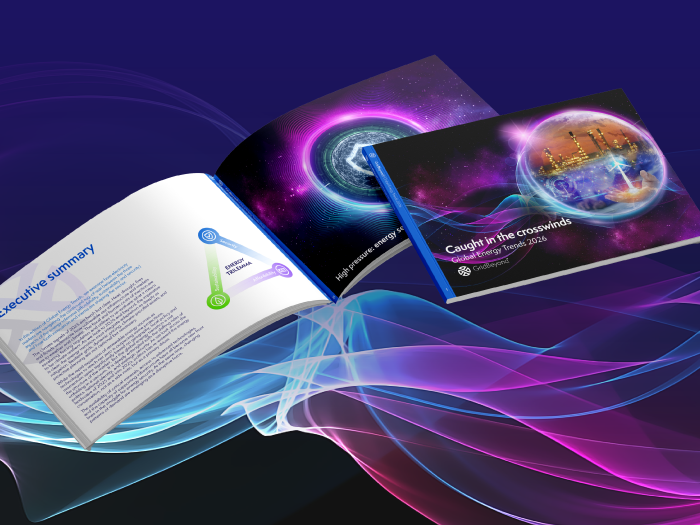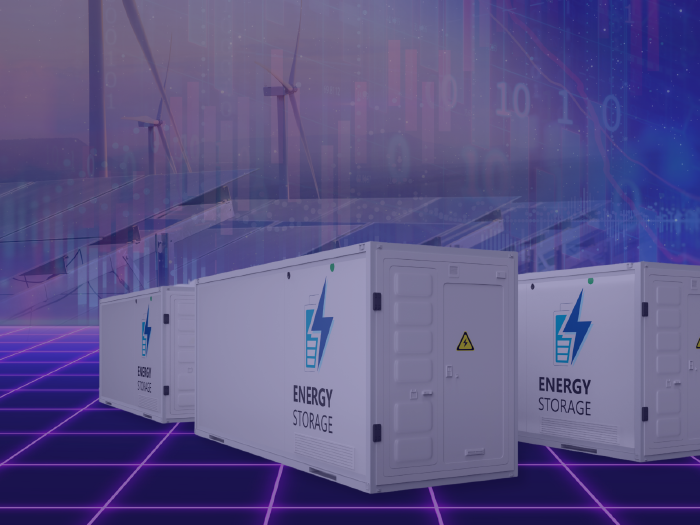News
better business decisions
Posted 1 year ago | 8 minute read
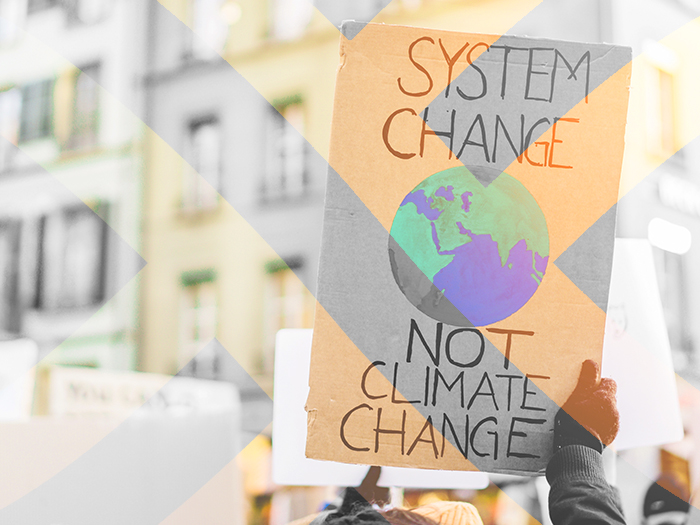
UN COP29 guidebook
The 29th United Nations Climate Change Conference of the Parties (COP29) began in Baku, Azerbaijan on 11 November.
At the centre of discussions, which are expected to end on 22 November, world leaders, climate experts, and campaigners will discuss a climate finance goal, which seeks to establish a target for financial support directed towards developing countries — funding considered essential for helping these nations reduce their greenhouse gas emissions and adapt to the impacts of climate change.
What is the COP?
The Conference of the Parties (COP) is the decision-making body of the Convention. All States that are Parties to the Convention are represented at the COP, at which they review the implementation of the Convention and any other legal instruments that the COP adopts and take decisions necessary to promote the effective implementation of the Convention, including institutional and administrative arrangements.
A key task for the COP is to review the national communications and emission inventories submitted by Parties. Based on this information, the COP assesses the effects of the measures taken by Parties and the progress made in achieving the ultimate objective of the Convention.
The COP meets every year, unless the Parties decide otherwise. The first COP meeting was held in Berlin, Germany in March, 1995. The COP meets in Bonn, the seat of the secretariat, unless a Party offers to host the session. Just as the COP Presidency rotates among the five recognised UN regions – that is, Africa, Asia, Latin America and the Caribbean, Central and Eastern Europe and Western Europe and Others – there is a tendency for the venue of the COP to also shift among these groups.
The 2024 United Nations Climate Change Conference, also known as COP29, is the 29th United Nations Climate Change Conference. The summit is being held in Baku Azerbaijan.
What’s on the agenda?
COP29 President-Designate Mukhtar Babayev sent his first official letter to the conference’s parties and constituencies. In it, he outlined the priorities for action — as well as the remaining hurdles to achieving them. As his letter makes clear, we will need “all hands on deck” to successfully advance the event’s two “pillars”: the enhancement of ambition; and the enabling of action.
In his opening speech, UN Climate Change Executive Secretary Simon Stiell said that world leaders must show that global cooperation “is not down for the count” and that “we must agree a new global climate finance goal. If at least two thirds of the world’s nations cannot afford to cut emissions quickly, then every nation pays a brutal price.” Stiell also appealed for an “ambitious” new goal on providing climate funding to the world’s poorer nations, saying: “Let’s dispense with any idea that climate finance is charity.”
Many are calling COP29 the “finance COP”, seeing it as an opportunity to align climate finance contributions with estimated global needs.
Finance and the New Collective Quantified Goal on Climate Finance (NCQG)
One of the most anticipated outcomes of COP29 is the adoption of the New Collective Quantified Goal on Climate Finance (NCQG). Set to be the first major finance goal since the Paris Agreement, the NCQG represents a crucial step in ensuring that countries have the means to implement their climate goals effectively. This target will play a key role in defining the level of financial support available to developing nations and guiding global climate finance priorities.
The success of the NCQG will not only depend on the financial targets set but also on the consensus achieved among all parties involved. If COP29 can finalise this agreement, it will mark a significant milestone, reaffirming the commitment of all stakeholders to the Paris Agreement and amplifying the momentum for climate action globally.
2. Operationalising Article 6
Another pivotal agenda item at COP29 is the operationalisation of Article 6 of the Paris Agreement. Article 6 is critical for establishing the mechanisms that enable cooperation on climate action across borders. Through carbon markets and other collaborative approaches, Article 6 has the potential to drive capital towards sustainable projects, support mitigation and adaptation efforts, and provide much-needed financing for developing nations.
The COP29 Presidency has emphasised the urgency of activating Article 6, which could allow countries to trade emissions reductions and stimulate green economic models. Full implementation of Article 6 would not only support emission reduction goals but also attract private investment, enhance technological exchange, and reinforce capital markets with climate-positive projects.
3. Addressing loss and damage
For communities facing the most immediate and devastating impacts of climate change, the Loss and Damage agenda is essential. At COP27 and COP28, countries made historic progress toward creating a Fund for Loss and Damage, which will help vulnerable nations recover from climate-related damages. However, with climate impacts accelerating, the need for rapid financial disbursement is pressing.
COP29 aims to further operationalise this Fund, ensuring it becomes a reliable source of support for countries enduring extreme weather events, rising sea levels, and other climate-induced losses. The goal is to move from pledges to practical implementation, delivering funds efficiently to impacted areas and maintaining the momentum achieved in previous COP meetings.
4. Advancing Nationally Determined Contributions (NDCs)
NDCs form the backbone of the Paris Agreement, with each country outlining its own targets for emissions reduction. The Global Stocktake results underscore the urgency of aligning NDCs with the 1.5°C climate target. COP29 encourages all Parties to update their NDCs to reflect more ambitious pathways, particularly in reducing greenhouse gas emissions and accelerating the transition to renewable energy sources.
Key recommendations from the Global Stocktake include tripling global renewable energy capacity, doubling energy efficiency rates, and accelerating reductions in methane emissions—all by 2030. It also calls on Parties to phase down unabated coal and transition away from fossil fuels in an equitable manner. The deadline for submitting updated NDCs is February 2025, and early submissions are encouraged to showcase global commitment to the 1.5°C pathway.
5. National Adaptation Plans (NAPs) and building climate resilience
Adaptation remains a significant challenge, particularly for developing countries facing barriers in accessing adaptation finance. The Global Stocktake indicates that adaptation efforts must be scaled up considerably to meet long-term resilience goals. Countries are encouraged to develop and submit their National Adaptation Plans (NAPs) by 2025, as these plans are essential for establishing country-specific strategies and accessing critical financial support.
NAPs help countries outline their unique adaptation needs and goals, fostering collaboration and technology transfer for effective implementation. COP29 will emphasise the need for developed countries to fulfill their commitments to double adaptation finance, as agreed upon at COP26, with the aim of reaching substantial progress by 2025.
Key takeaways
The decisions made at COP29 will determine the pace and effectiveness of global climate action––from securing climate finance through the NCQG and implementing Article 6, to addressing loss and damage and advancing adaptation plans, these agenda items are crucial for building a resilient and sustainable future. As nations continue to submit more ambitious NDCs and adaptation strategies, the path toward a 1.5°C-aligned world is clearer, though challenging.
The language of climate
Here are the key terms that you need to know:
- Carbon neutrality – Where CO2 emissions produced are balanced by CO2 removals. The reference could refer to a country, organisation, district, commodity, or an activity such as a service and an event. Carbon neutrality is often assessed over the life cycle including indirect (“scope 3”) emissions but can also be limited to the emissions and removals, over a specified time period.
- CO2 removal – Human activities that remove CO2 from the atmosphere and store it in geological, terrestrial, or ocean reservoirs, or in products.
- COP – This stands for ‘conference of the parties’. The ‘parties’ are the parties (or countries signed up) to the UNFCCC (United Nations Framework Convention on Climate Change). COP26 means the 26th conference of the parties. For reference, Kyoto Protocol was signed at COP3 and the Paris Agreement at COP21.
- IPCC – The Intergovernmental Panel on Climate Change. Established by the United Nations Environment Program and World Meteorological Organisation in 1988. Endorsed by the UN General Assembly in 1988.
- Net Sero Co2 emissions – Where carbon dioxide (CO2) emissions are balanced by CO2 removals over a specified period. The reference could refer to a country, organisation, district, commodity, or an activity such as a service and an event.
- Scope 1 – greenhouse gas emissions from sources that are owned or controlled. For example, emissions from a company vehicle.
- Scope 2 – greenhouse gas emissions from the generation of purchased electricity. For example, emissions from electricity generated at a coal fired power station that is used to charge a company electric vehicle.
- Scope 3 – greenhouse gas emissions that are indirect or a consequence of activities but occur from sources not owned or controlled. For example, the use of purchased coal in a power station.
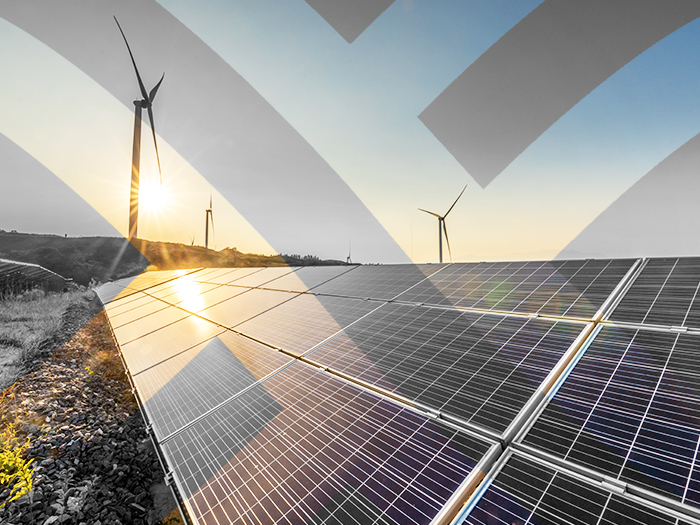
Building Net Zero
The path to net zero starts with accurate carbon accounting. But evaluating your performance can be challenging owing to the complexity of collecting and reporting on emissions data from multiple sources and changing standards for disclosures.
Learn more


